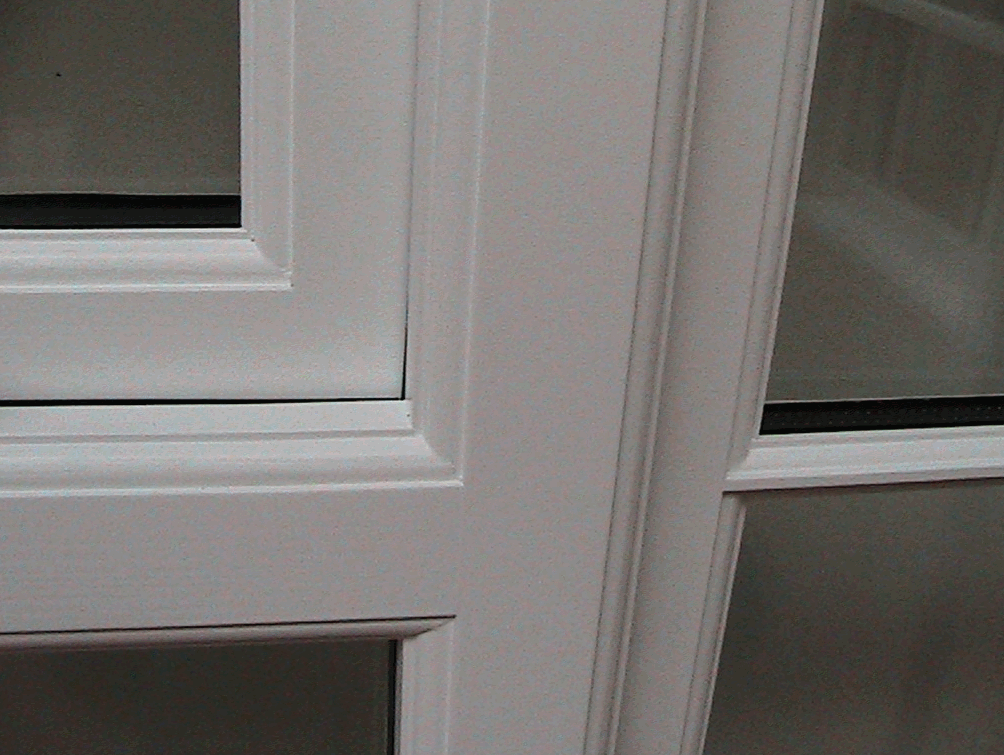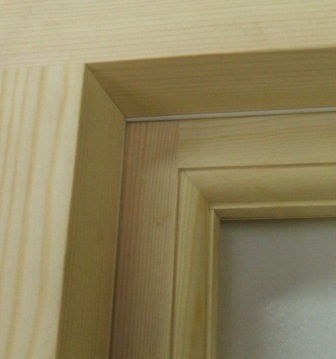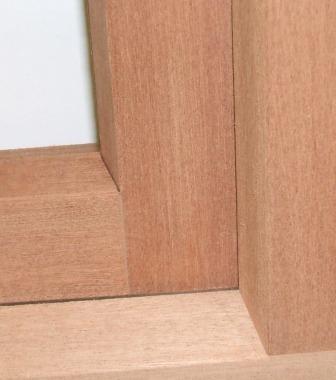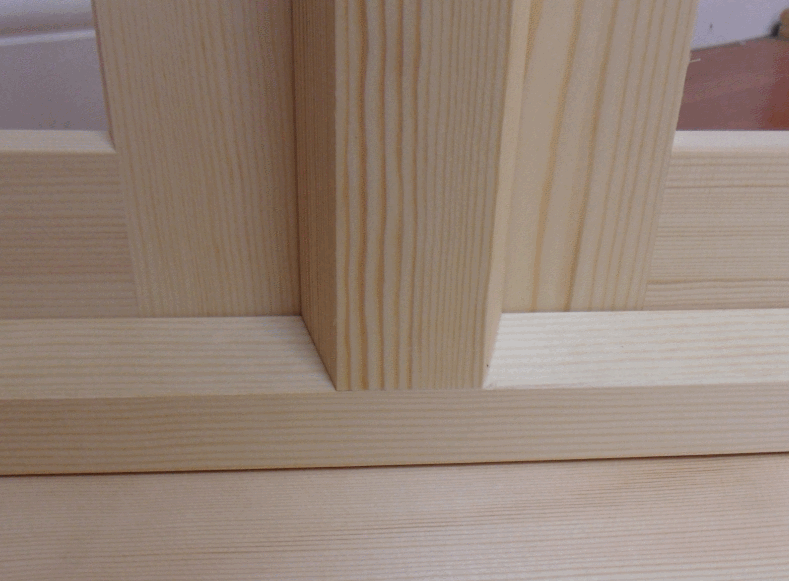Internal Mould Patterns
Below are illustrations and descriptions of the different moulds which are available for you to choose from. Terminology that you will need to know is as follows:-A mould is the decorative detail that runs along the edge of a timber. In our case, a mould is the decorative detail that runs along the inside edges of a window which can be seen in the photos below.A casement is a frame that sits within the window frame and it can be either opening or fixed.The term 'window frame' refers to the main structure of the window which fixes to the walls of the building and is what the casements are fastened to.We machine a mould on the inside of the casement and window frame. We can use the same mould or different combinations on the frame and casement. There are several moulds including ovalo and 9°, 20° or 45° bevel moulds. These moulds are used in different combinations which are 'full ovalo', 'ovalo bevel' (using either 9°, 20° or 45° bevel) and 'full bevel' (using either 9°, 20° or 45° bevel). All the window photos shown below are of their internal view
Full Ovalo Moulds
With this combination of 'full ovalo' we use an 'ovalo' mould on both the casement and frame. This is the most traditional window mould combination and is pictured below in painted white and softwood.
Ovalo Bevel Moulds
OB9° = Ovalo on the casement and 9° bevel on the frame (first picture above).OB20° = Ovalo on the casement and 20° bevel on the frame. The OB20° combination is only available with multipoint locking and friction hinges.For this combination we use an ovalo on the casement and a 9° or 20°. The first photo immediately below shows a 9° bevel on the frame and an ovalo on the sash; the code for this is OB9°.
Full Bevel Moulds
BB9° = 20° bevel on the casement and 9° bevel on the frame (this is the mould pictured above).BB20° = 20° bevel on the casement and 20° bevel on the frame. The BB20° combination is only available with multipoint locking and friction hinges.
For this mould combination we always use a 20° bevel on the casement. On the frame we use either a 9° or 20°. Basic non-multipoint locking ironmongery dictates that there must be a 9° bevel on the frame. An example of a 20° bevel on the casement and a 9° bevel on the frame can be seen in the photos below. The 9° bevel on the frame is only very slight and to some people it might appear too square. We can manufacture completely square with 0° angles on both casement and frame on request.








